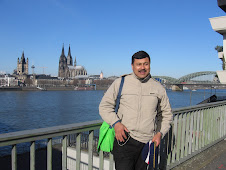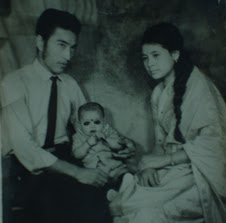Shrestha, B. (2005). Differentiating active and passive user groups for watershed management in the western hills of Nepal. In Integrated Watershed Management: Studies and Experiences from Asia, ed. by M. Zoebisch, K.M. Cho, S. Hein and R. Mowla: 95-111. Thailand: Asian Institute of Technology.
The status of a user group (active vs. passive) largely depends on how far its members benefit personally and directly from collective action. Unless and until users are convinced of the apparent benefits, they are not going to participate actively in collective action. This issue is very relevant to rural subsistence economies, in which people are compelled to expand farmlands and destroy forest lands to secure food for consumption, fuelwood for domestic energy supply, fodder collection, and for livestock grazing. The situation is further aggravated by scarce off-farm employment opportunities causing seasonal and permanent migration. The types and levels of benefits from collective action depend on a multitude of factors and their inter-relationships. In the case of community plantation, the users accrue forest resources as the direct benefit, besides the communal benefit of land stabilization. Collective action is largely determined by the level of dependence of users on the available resource and accessibility to other sources of forest products to meet their household requirements. The level of dependency also depends on the biophysical suitability of the area in which community plantation is undertaken. Responsible users will consequently conduct regular operation and maintenance of the resources, which will enhance benefits. This situation was applicable to active user groups. For gully and landslide control, users are concerned with the protection of cultivated land from landslides, so they can benefit from reclamation of cultivated land. This will ultimately raise their level of food production and food security in a subsistence rural economy. Thus project intervention for controlling landslides and formation of gullies close to private lands has a significant impact on the users. With the facilitation of training and visits, users can continue their collective efforts when project support finishes.




















No comments:
Post a Comment